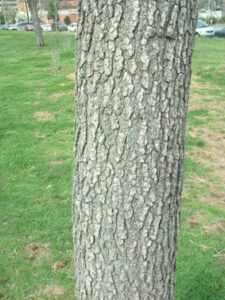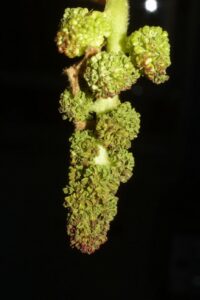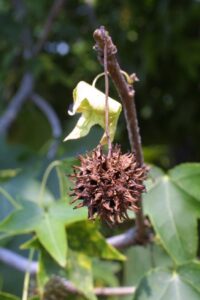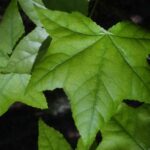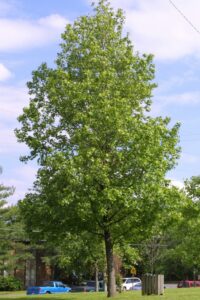Botanical Name:
Liquidambar styraciflua
Family Name:
Altingiaceae
Description:
The sweetgum is a large, aromatic tree, with a straight trunk and conical crown that becomes round and spreading. Yellow-green flowers appear in spherical clusters in April-May, and give way to the infamous gum balls, which are hard, spherical, bristly fruiting clusters up to 1.5” diameter.
Size:
60 – 80′
Habitat and Range:
Sweetgum is native to warm, temperate areas of eastern North America, and tropical montane regions of Mexico and Central America. This tree prefers deep, moist, fertile soils, and is not reliably winter hardy in the northern areas of USDA Zone 5.
Attributes:
The Sweetgum tree has glossy, long-stalked, deep green leaves (4-7” across) with toothed margins. Each leaf has 5-7 pointed, star-shaped lobes. Leaves are fragrant when bruised. Fall color at its best is a brilliant mixture of yellows, oranges, purples, and reds.
Wildlife:
The seed balls of the sweetgum tree attract several bird species. The tree also provides nesting sites and cover for a wide range of birds and attracts fruit-eating mammals.
Did you Know?
• The common name of sweet gum refers to an aromatic balsam or gum that exudes from wounds to the tree.
• Native Americans would use the resin from the sweetgum tree to maintain dental hygiene, and early pioneers in America would use the resin as chewing gum.
• Sweetgum is an important timber tree, and a leading furniture wood.
Benefits to Our Community (based on carbon dioxide sequestered, storm water runoff avoided, and air pollution removed each year):
Over the next 15 years, this tree will give back $2,280 worth of benefits to our community.
